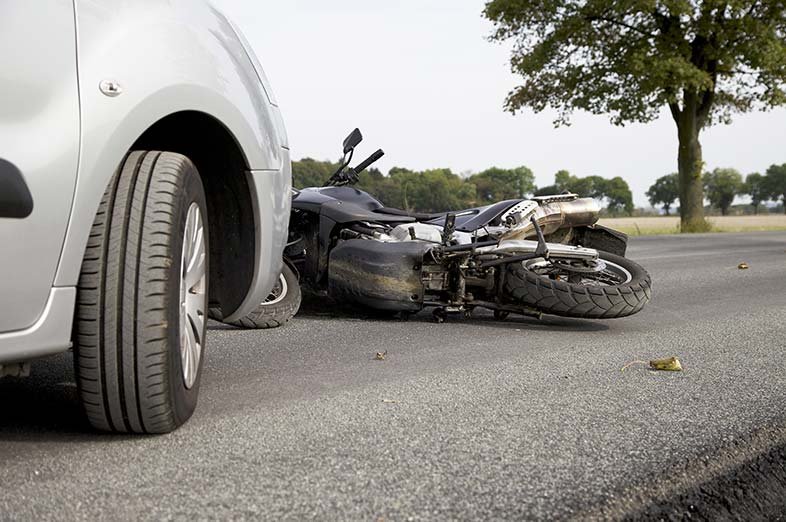People across the United States are embracing the most recent personal transportation trend: electric scooters. While riding these scooters can be a lot of fun as well as an environmentally friendly alternative to cars and public transportation, they can also be extremely dangerous, as the number of accidents and injuries is increasing rapidly.
The number of lawsuits filed by people involved in scooter accidents has also increased a lot. However, because these devices are still new to the market, there is a lot of confusion about who is responsible when an accident occurs.
What are Electric Scooters, and How Do They Operate?
Electric scooters, or e-scooters, are promoted by businesses as an expedient, cost-effective, and eco-friendly mode of transportation for trips to and from work. Depending on the brand, the devices can run for 10 to 40 miles on rechargeable lead or lithium-ion batteries and reach a maximum speed of 15 mph on average.
Instead of selling their vehicles, the majority of e-scooter companies rent them out. You have to download the app and create a login before you can use an e-scooter. The closest scooters and their respective battery levels are displayed on a map that can be viewed via the app.
When you get to your scooter, you typically scan your credit card and driver’s license to get started after tapping a button to unlock it and taking a picture of the QR code.
Usually, there is an upfront cost for the rental from the company, and you pay according to how often you use it—just like you would with a regular taxi. For instance, the scooter might cost $2 to unlock, and each additional minute would cost 10 cents.
Drivers operate their e-scooters via a set of handlebars. A typical scooter has a throttle on the right handlebar and a brake on the left. Once in motion, gently shift your weight right and left to control the device. All of this may sound simple, but you’d be surprised at how difficult e-scooters can be to control, especially on narrow lanes or in congested areas.
What is Causing a Significant Number of Injuries Among Individuals Using Electric Scooters?
While e-scooters are enjoyable and convenient, most of us have not used a device like this since we were children, so they can be difficult to master. Getting used to maneuvering these devices with your body weight can take time, and many injuries occur before the rider has a chance to become acquainted with the scooter.
Furthermore, different e-scooters have different throttle and braking mechanisms, so the learning curve resets every time you try a new brand of scooter.
Not only are e-scooters difficult for some people to operate, but many companies allow users to park them in random locations throughout the community rather than designated racks.
This can result in trip-and-fall accidents, particularly when e-scooters are discarded without a kickstand in poorly lit areas or on congested sidewalks outside local businesses.
What should you do if you have been injured while riding an electric scooter?
E-scooter companies have anticipated the possibility of lawsuits and have taken precautions to avoid liability. When you unlock an e-scooter through its app, the fine print releases the parent company from all liability for any injuries sustained during the ride. This has already caused a lot of confusion about who is responsible for an e-scooter injury. Many riders believe they have no legal options in the event of an injury, which is incorrect.
Conclusion
In most cases, as in a traditional car accident, the specifics of the incident will determine liability. The most serious claims involve e-scooter riders who obey traffic laws but are injured as a result of other drivers’ negligence. A negligent driver who injures other drivers or pedestrians may be held liable for the injuries and associated costs. E-scooter drivers may also be held liable if they injure a pedestrian while driving recklessly.
Michael C Vang is a passionate blogger. He has been blogging since 2013 on a variety of topics. He is committed to creating informative and engaging content that helps readers learn more about everything.



